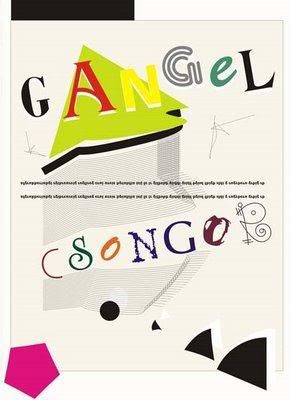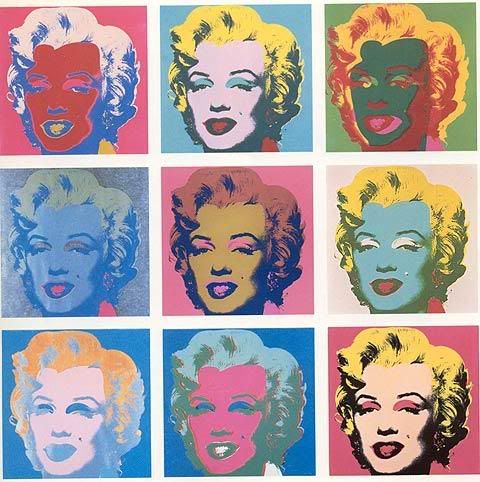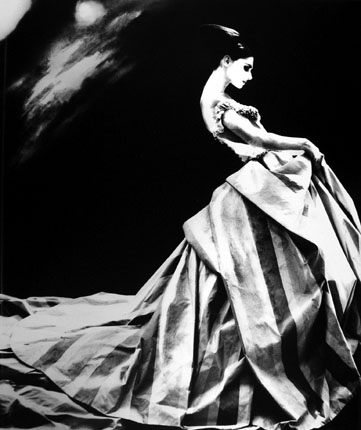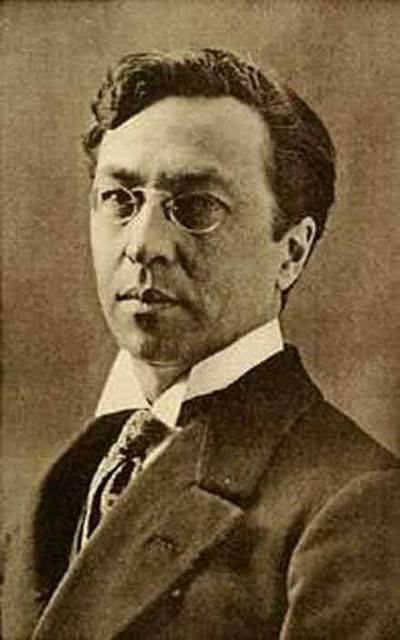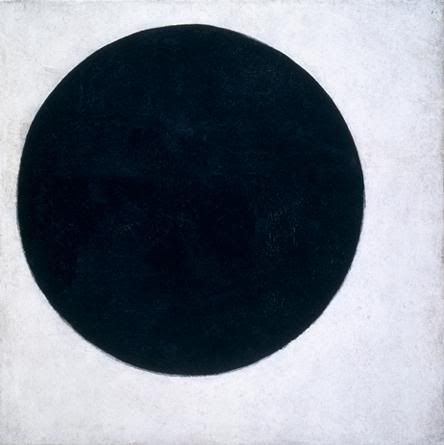Theodore Roosevelt was the 26th President of the United States and served in office in the early 1900s. He was considered a "multifaceted" man because he contributed so much to America. His efforts ranged from conservationism to nationalism and is especially famous for his efforts with the Panama Canal. Most interesting to me, however, was the story of the Teddy Bear and how it is said to have originated.
Nearly 100 years ago, President Theodore Roosevelt, went on a bear hunt. He enjoyed nature and being out in the woods where animals lived. Because he was the President of the United States, the people organizing the hunt wanted to make sure the hunt was successful.
But after 3 days of walking and climbing and riding, no bears were found. Now what? The President's bear hunt would be a failure!
The next day the hunt guide and his hunting dogs finally found an old bear. The dogs and guide followed the bear for quite a distance until the bear was very, very tired. The dogs attacked and injured the old bear. The guides tied the bear to a tree and called for the President. Here was a bear for him to shoot!
President Roosevelt looked at the poor old bear and said "no!" No one would shoot this old bear for sport. That would not be right. However, the bear was injured and suffering. President Roosevelt ordered that the bear be put down to end its pain.
| A political cartoonist by the name of Clifford Berryman heard this story. A political cartoonist draws about current events in the news. Mr. Berryman drew a cartoon showing how President Roosevelt refused to shoot the bear while hunting in Mississippi. | |
If you look at the first cartoon that was printed about the President's bear hunt you see Theodore Roosevelt in the front. In the back is the guide with a bear tied on a leash. Notice that the guide and the bear are about the same size, suggesting a grown bear.
 | Look at the cartoon which appeared later in other papers. It has been redrawn. The bear is smaller than the guide. The bear is shaking with fear. This cute bear cub began to appear in other cartoons which Clifford Berryman drew throughout Theodore Roosevelt's career. |
So that is how a bear became connected to the name of President Theodore Roosevelt.
But where do toy "teddy bears" come from?
After this famous cartoon appeared in the papers, a shopkeeper, Morris Michtom took two stuffed toy bears which his wife had made and put them in his shop window. He had an idea.
Mr. Michtom asked for permission from President Theodore Roosevelt to call these toy bears "Teddy's bears". This store eventually became the Ideal Novelty and Toy Company.
Other stuffed animals were made by a German company, Steiff. An illness left Margaret Steiff unable to walk. She refused to be stopped by her handicap and earned her living by sewing. First she made stuffed elephants, then other animals. In 1903 an American saw a stuffed bear she had made and ordered many of them.
The phrase caught on. Now toy bears are often called teddy bears!
http://www.theodoreroosevelt.org/kidscorner/tr_teddy.htm
http://inventors.about.com/od/tstartinventions/a/Teddy_Bear.htm
Alex Riggio

